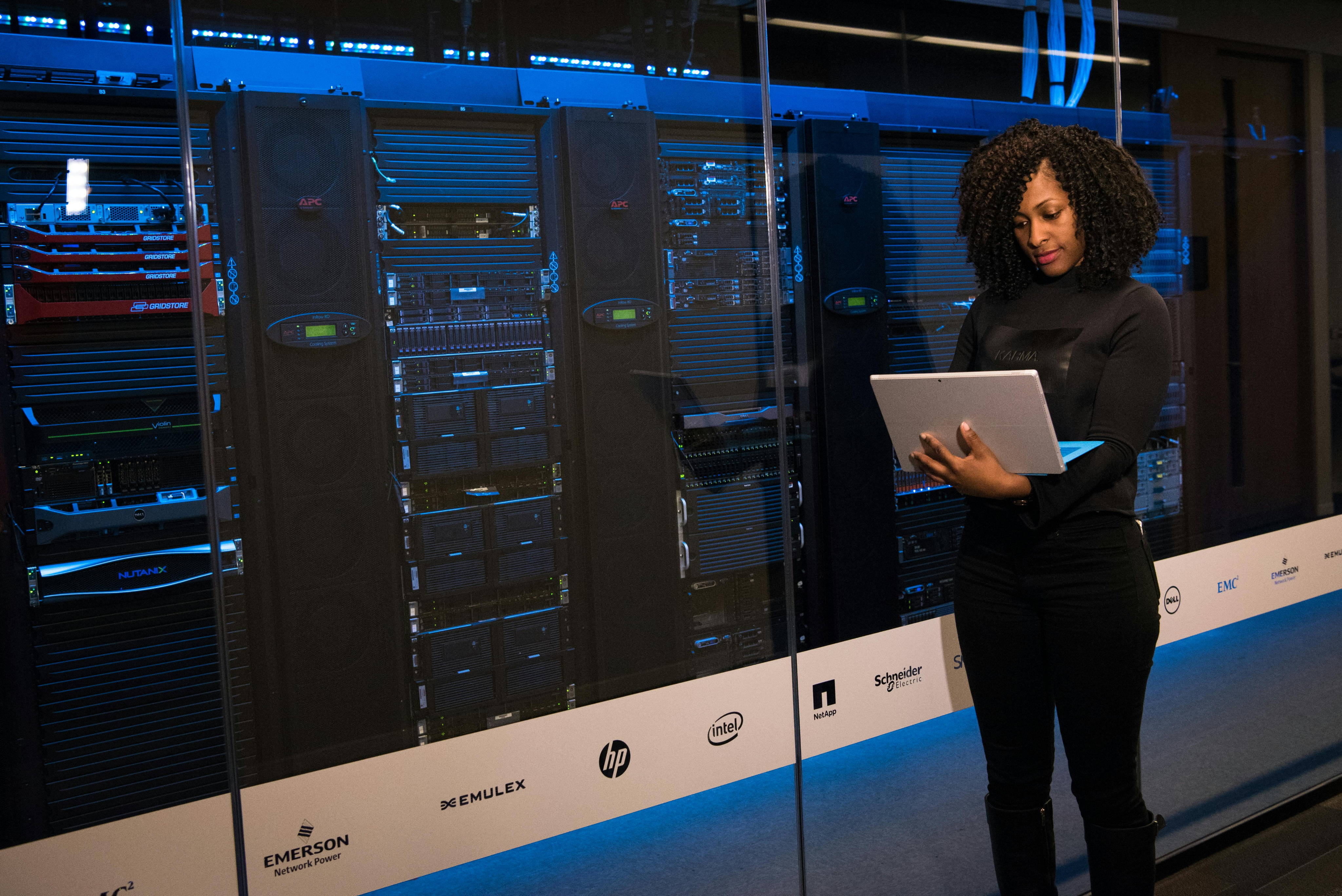
SMR and HAMR Advancing HDD Areal Density
This talk reflects on 18 years of SMR evolution —covering physical layouts, filesystems, garbage collection algorithms, device drivers, and simulators. Furthermore, the talk will also discuss how SMR disks integrated with data storage solutions like RAID and deduplication, including real-world use cases of SMR disks by hyperscalers.
We will also discuss how SMR and HAMR technology interact in the context of AI workloads to provide intriguing new possibilities for HDDs.
OFA Sunfish: New Applications for Distributed Storage with SNIA Swordfish®
CSAL with Core Scaling for RAID5F: Revolutionizing Cloud Storage Performance and Reliability
What’s New with SNIA Swordfish®: Standards-Based Storage Management for Enterprise and Data Center
Want a deeper look into what’s new in standards-based storage management? Join us for an overview of the latest enhancements and new functionality in SNIA Swordfish® and how it works together with DMTF Redfish® to provide a unified approach for the management of storage and servers in AI, hyperscale and cloud environments. With the broad functionality base in Redfish and Swordfish today, there are now many capabilities available that may not be obvious at first glance. The session will highlight a couple of example use cases of new functionality, including:
The Latest Features in DMTF Redfish® for Storage Management
DMTF Redfish® is a fully featured management ecosystem for server management, but what about storage? Isn’t that SNIA Swordfish®? While Swordfish provides storage-centric functionality, it leverages its base functionality from Redfish. This comprehensive presentation will explore how storage users and implementers can take advantage of the latest features in Redfish directly, including:
* The latest fabric extensions, including support for CXL, supporting Swordfish and Sunfish
* Metric changes for streaming telemetry
Advantages of CXL Memory Pooling and Tiering
Total Cost and Performance Analysis of SSDs in AI Data Centers
SSD Virtualization: Enabling New Possibilities for SSD-Based Ecosystems
A new set of NVM Express® (NVMe®) and Open Compute Project® (OCP) features is revolutionizing the virtualization landscape, enabling a new SSD-supported virtualization ecosystem. This presentation will explore these innovative features and their potential applications in host systems. We will describe an example virtual machine (VM) setup and discuss how the features can be utilized together to create a robust, secure, and performant virtualized environment.





